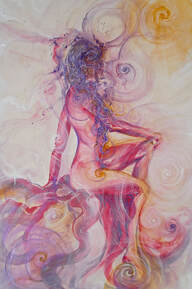What Do We Know?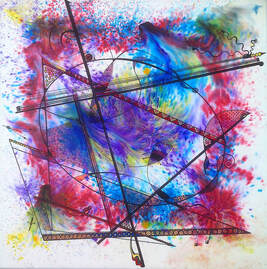 COSMIC EGG COSMIC EGG What Do We Know is a new, international, virtual art exhibition from 3-30 June exploring Spiritual art and its multitude of feelings, experiences, viewpoints and forms of expression. Curated by Art Director and Visual Artists Association Mentor, Karen van Hoey Smith. What Do We Know features nine international artists who all work from a deeper space; moving past the noise of modern life to create a physical form of an external presence. The word ‘Spiritual’ has been hijacked to elicit different meanings and reactions. By coming together, these 9 artists ask what does Spiritual really mean, can one word describe a multitude of feelings, experiences, viewpoints and forms of expression, and is ‘Spiritual’ the word to describe this movement? 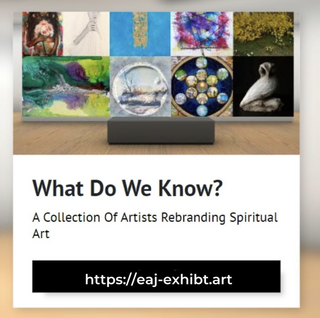 Ana Delgado - photographer living and working in Brooklyn, New York E. Alana James, EdD - digital collage artist living in Ireland Karen French - author, painter and speaker living in Oxfordshire, UK Kirsten Todd - painter, medium and Reiki Master/Teacher living in Lancashire, UK Kristen Palana – American-Portuguese multidisciplinary artist based in Malawi Ozlem Yikici – British-Turkish painter living and working in London, UK Sadie Bridger - multimedia artist in New York City Sarah Brabbin - sculptor living in the UK Vicky Paul – Scottish artist, intuitive and energy healer based in Bedford, UK
Featuring a variety of styles and meanings, from visual art to photography and sculpture, these artists share the ability to stop or remove themselves from the noise of life, called to make the unseen seen. By placing the variety of styles and meanings together, What Do We Know aims to open up conversation about the inner state that starts creativity and makes that first mark. Most artists that cite Spiritual or Intuitive as the source of their creative process have been advised to keep that quiet, as if there is some kind of shame or embarrassment associated with sharing the truth around their practise. Eleanor Heartney comments in her 2020 essay in ArtWorld that there is now an acknowledgement that previous art movements were inspired and created from a Spiritual basis, and that other modern artists have their stated points of reference, but “none of this has gelled into a collective movement”. Karen van Hoey Smith (curator) What Do We Know is not about creating a collective or a movement. It is the beginning of open-minded humans who wish to explore and converse about the inner state that starts creativity and makes that first mark. Is this purely living in the present and innocence prevails? Or are these artists channelling parts of their brain and psyche that are unknown to them in their daily lives? This exhibition is about having the courage to explore what Spiritual is, so that it can be held as an honourable banner and part of these artists’ practise, life and inspiration. It is also an invitation to the public, and the art community, to appreciate the presence of a non material realm as a genuine source of motivation and inspiration. Karen van Hoey Smith (curator) WRITTEN BY Vicky Paul
0 Comments
Design and Form: The Basic Course at the Bauhaus by Johannes Itten Thames and Hudson 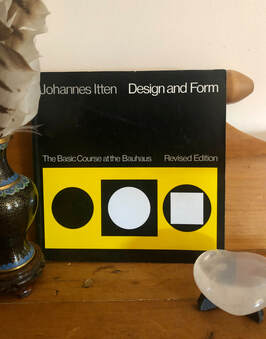 Recommended Read 'Design and Form: The Basic Course at the Bauhaus' by Johannes Itten (1888 - 1967), published by Thames and Hudson. A very interesting book into some of the basic theories of colour, tone and shape that were taught at the highly influential Bauhaus school, in the earlier part of the century. Most of the book comprises of images of artwork from artists of the time. Johannes Itten was a Swiss artist, writer, teacher and theorist and was part of the Expressionistic movement. He was Mazdaznan, a strict vegetarian and meditated to develop inner understanding and intuition. Originally he trained as a school teacher incorporating new theories of teaching, notably including the practice of not correcting his students' creative work individually, so as not to crush their creative impulse. He chose certain common mistakes to teach the whole class. From the influence of Hölzel, Itten chose a series of basic shapes (the line, the plane, the circle, the spiral) as a means from which to begin creation. His students did gymnastic exercises before class to relax! Later music and other relaxation techniques. Itten had a HUGE influence on the use of colour in modern art and even the cosmetics industry. He taught the preliminary course at the innovative Bauhaus from 1919 to 1922 - the basics of material characteristics, composition, and colour. He theorised 7 types of colour contrast. These were hue, value, temperature, complements, simultaneous contrast (Chevreuil), contrast by saturation, contrast by extension.
Oxfordshire Artweeks celebrated its 40th year in 2022 and the turnout to all the art exhibitions in May was incredible! Thank you to everyone that came to The Spice of Life, behind the Spice Lounge restaurant in Summertown. It was wonderful to be able to exhibit 'Porthole', 'Sun Light Codes' and 'Sacred Geometry Bots' from my Spring Collection - Circular exploring the sacred geometry of the circle and colour symbolism, as well as some older favourites. Crystal & Dragon: A Cosmic Two Step by David Wade Destiny Books, US 978-0-89281-404-6 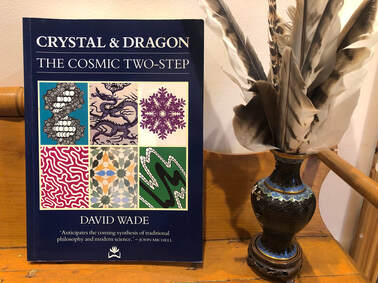 This week's Recommended Read goes into pattern sharing in depth! "Crystal and Dragon" by David Wade is fascinating. A great supplement to my The Hidden geometry of Life since I summarise pattern sharing in two chapters. Similarly he is an artist and sculptor living in the UK. On my list of kindred souls I would like to meet. David has also written about patterns for Wooden Books. Exploring the interplay of form and energy, David Wade takes the reader on a journey through the world of successive ages from Plato's conception of the ideal form and the ancient Chinese philosophy of change to the modern scientific view of structure and indeterminacy as embodied in the laws of physics. John Watson School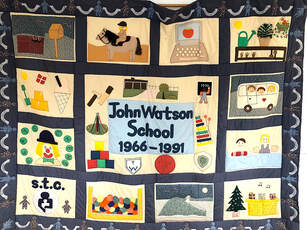 John Watson School is a community special school located in Wheatley, Oxford. It "offers a relevant and balanced education that recognises individual achievement and prepares each individual well for their future lives". The Arts are very important part of the school's curriculum, serving many purposes. It allows many of the children to express their emotions and experiences in a safe and therapeutic way. Some of the children are also quite talented young artists! New Beginnings and Hope'New Beginnings and Hope' is the theme of an Oxfordshire Artweeks inspired art exhibition in Spring 2021 at the school. "The aim of the week was to celebrate our student’s work after a particularly challenging year and every student has a piece of work represented in the final display. Each pupil joined in with a week of creative experiences involving painting and printing, taking photographs and making sculptures." Every class selected an artist they felt inspired new beginnings and hope and the children painted their own version of one of their artworks. The results were stunning! Each piece of art reflected the personality and styles of the individual children. In many instances the art provided valuable insights into the children's inner selves and perceptions of the world around them. A VITUAL GALLERY is available to see on the school's website. A small selection of the magnificent artwork is in the gallery below. Wish Upon a StarIt was an honour to be selected as the 'muse' by Adele reception class (5 year olds) as an artist reflecting 'new beginnings and hope' in their artwork. Out of the blue I received a lovely email from Jennie Eyles, telling me her class were using Wish Upon a Star as the inspiration for their own artwork to, 'send a message out to the universe'. The class were using it to engage in their own sensory exploration. Jennie had discovered Wish on the Oxfordshire Artweeks website. Well done Adele class! Your artwork and exhibition were amazing. I really enjoyed meeting you all, seeing your art, and your stunning tie-dye t-shirts. Adele reception class - 'WISH' ARTWORKSAfter a wonderful tour by Deputy Head Sue Woodward a group photograph with a few of the children was taken beside the Tree of Hope. Each child had hung a dove or rainbow decorated in their own way, sending out their hopes into the universe.
Paint Along With KarenAt Cornerstone Arts Centre (on 14th March 2020) I ran a Paint Along With the Artist workshop as part of International Women's Week. Using acrylics has the main benefit of drying fairly quickly so we could add layers and do some acrylic flow with some success. The them was going to be zoning areas of square blocks but it became very apparent that I could not 'box' people into doing this. Instead I encouraged different shapes of colour areas. Acrylic flow then integrate or differentiated these zones, plus it added an element of chaos to the order. This certainly contributed to energising the artworks, which were very static. 'Expression' by Karen L French Well done to the 7 artists for their stunning 'expressions' of themselves!
STEP 1 - First a Brusho water colour background was created, a chaotic cloud of potential, of many vibrant colours in the void. Then I had the urge to create circles in random locations. 3 'major' circles resulted, each a container and also a point, placed a-round a central copper circle. This middle copper circle is the focal Point of the painting. Creating accurate circles with clearing defined edges is tricky. Any slight deviation or indent immediately shows. Straight edges are much easier! All the circles were made using 3 layers of lustre, applied with circular strokes, then polished and sealed. STEP 2 and 3 - More circles of copper lustre were added, moving freely about the energetic domain. They all lie outside of the space delineated by the Trinity. Each of the 'major' circles in the Trinity were haloed by a geometric shape - red circle:green square (space), green circle:pink circle (time), rose pink circle:green octagon (Directions). These 'major' circles are bound by force fields (symbolised by the yellow lines) to create a sacred space. 3 is the number of creation, of Mind Body Soul, different states of Being (such as liquid, solid, gas). From the Centre of 3 a created Being emerges. The central copper circle, or sphere, has a crystal code within it that is the basis of the structure of the Being emerging out of the quantum field. In Step 3, gold lines and patterns where then added around each of the shapes. Recognising the sacred nature of the creative process through the use of geometry and colours from light. QUANTUM BEING - So much like the emergence of a form of being out of the Void, constructed out of geometry and light, so too did the geometric grid in the painting Quantum Being emerge out of the canvas.
Using it as a meditative tool for visualisation you can either focus of the centre and move outwards to see what form of being emerges, providing you with some insight for interpretation depending upon what is created. Or, you can choose your own body, or that of another object/animal/person/plant, and move inwards into their central code in the quantum field. At the end of your meditation move back to the point where you started. Reflect on the impressions you had as you move in and/or outwards, and also any insights you gained. Alchemical artAlchemical Art is transformative, changing anyone who works with them. This can happen merely by looking at the artwork or being in its proximity. Each piece is contained within the sacred space of its boundaries and is a fusion of the dynamics of geometric forms, emotive colours and one or more of the Classical Elements. The latter may be symbolically represented in the image or made out of specific materials due to their symbolism or vibration. In this instance crystals were placed on four paintings of my alchemical art paintings to incorporate their qualities. The results were stunning to look at and to work with. It would have been interesting to add further Elements, such as bowls of water and burning essence for air and fire, and also to use sound to activate them. Each of the alchemical art crystal grids were made by some participants of a crystal group run by Karin Bain. Karin has written an e-book called Networking With Crystals that will soon be available in paper form as well. Crystal GridsCrystal grids take many forms, they can be simple, intricate or complete. Invariably there is sacred geometry in their layout and so they are actually a yantra, or "thought form", the principle of all man-made sacred geometry artworks and structures. By adding the vibrations of specific crystals the crystal grid yantra becomes a pulsating vehicle for connecting your Mind to the underlying basis of reality. The effects are very personal. Yantras are covered in detail in The Gateway Series books and I also recommend the book Yantra by Madhu Khanna. Any sacred site using sacred geometry and specific earth materials brings additional vibrational qualities to their function and use. For example, Stonehenge and its bluestone rocks that were deliberately brought a great distance for their vibrational purposes. In the aerial image below notice how the central stone grid is enclosed within a larger Circle. It is part of a larger site that has several smaller yantra that all work together. This sacred structure is a huge crystal yantra that still has the capacity to draw thousands of people to it. It was a unique experience painting with acrylics in torrential rain showers during this year's En-Plein in Windsor. As painting en-plein is a rare experience for me I took improvised rain cover, which was not sufficient for the heavy rain and wind. Regulars had an array of quite amazing kit that kept them dry, such as an umbrella with a zip-on sheet to make a cosy shelter. My painting was literally washed off twice, as I battled to dry it in-between each downpour. So instead I did a high speed pen drawing but it got to the point that my hands were so cold they were shaking. Another shower and more wind send me packing to the welcome shelter of Windsor town centre. My resulting piece is not polished but I like the ghostly image of a smaller shadowed castle within the larger drawing. At the beginning, in the sunshine, I was going to do a smaller castle with its windows and more of the formal east garden, but soon realised I wasn't going to have sufficient time outside to complete so much detail. It is a rare privilege to be able to go into the east gardens of Windsor Castle. These are the Queen's private gardens where she walks her corgis. A dog bowl of water by the stairs was a reminder of this. I chose to paint in these gardens because of the formal geometry used in their design. These three images are (left to right): Canvas ready to go, my view through scaffolding, stock image of the east gardens. These pictures are my washed off painting on the left to which I added some colour. This year all the entrants' paintings were displayed under cover in the Windsor shopping area by the station. A line of easels ran along the shop front windows and made a very interesting display. Many people had a close look and voted on their favourite painting.
Overall a throughly enjoyable day as it was artistically challenging and sociable. Archetypal symbolism using a variety of geometric shapes is ancient, stretching back to the dawn of man's earliest artworks as seen in petroglyphs around the world. Our ancestors’ simple drawings on rocks and artefacts gave tangible form to the harmonious patterns of life and the intangible order uniting the Universe. They give 'form to the formless' and are abstract expressions of the science manifesting reality.
Ueshiba Morihei (founder of aikido): Down the generations all cultures have used simple shapes such as these and they, like Zen artists, had the same profound understanding that the simple patterns shaping the Universe were themselves sacred and empowered. Other examples, used extensively in my books, are yantras and mandalas. Tantra Yoga is the path of union with the Absolute through geometric visualization in Tantric Hindu and Buddhist traditions. Central to Tantrism are elaborate and precise geometric patterns, known as mandalas or yantras, some of which are thousands of years old. In this tradition the triangle, circle and square were significant Vedic forms which symbolised spirituality, evolution and the Earth respectively. Additionally in both Indian and Japanese esoteric teachings, such as Mikkyo, these shapes represent earth (square), water (circle) and fire (triangle). Simple shapes embodying intricate complexity, the circle, square and triangle structure and bind the 3 profound concepts of time (evolution: Mind, serenity and perfection:water), space (Earth:Body:earth) and being (spirituality:solidity and applied control:fire). The empty circle, the vessel for all geometry shapes, when totally empty is the essence of enlightenment. Here is my version of these timeless concepts:  |
Archives
December 2023
Categories
All
|
|||||||||||||||
Gateway to the Heavens Do you realise you actually shape your destiny and shapes influence your destiny. If you want to understand how this works ask Karen to give a talk about it or read her excellent book. You may have hated even the mention of geometry at school, but Karen's simple and illustrated explanations will give you a real insight into this fascinating topic. |
The Hidden Geometry of Life The attentive audience was enthralled by Karen's introduction to the principals of this truly multi-dimensional topic ... The energy in the room, by the end of the evening, was well and truly charged! |
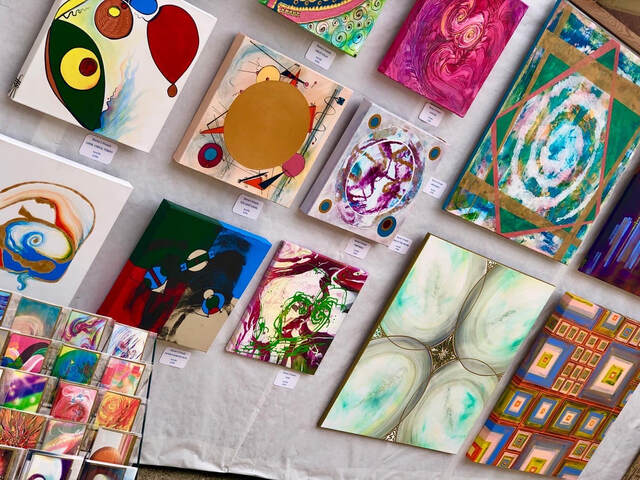
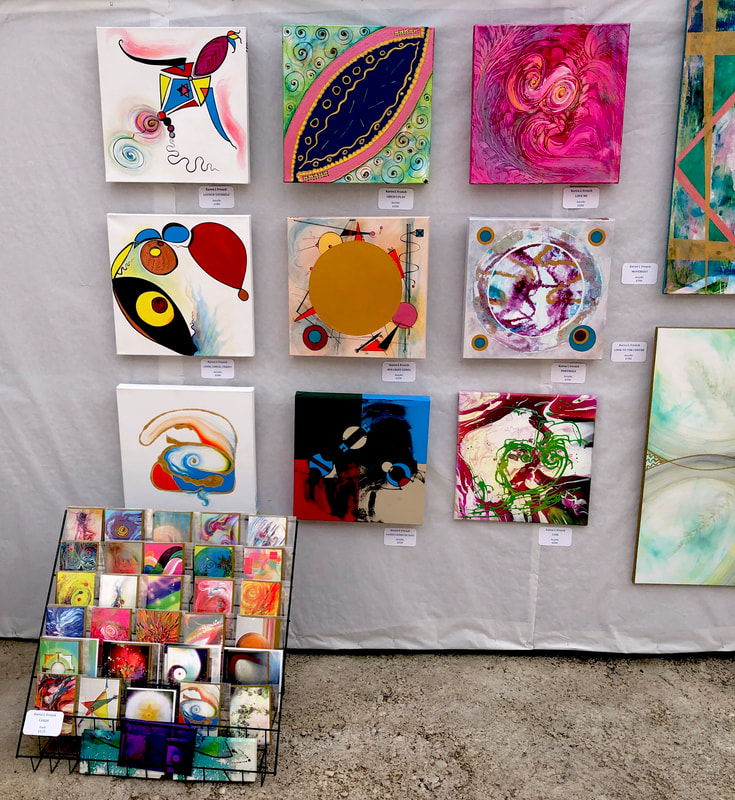
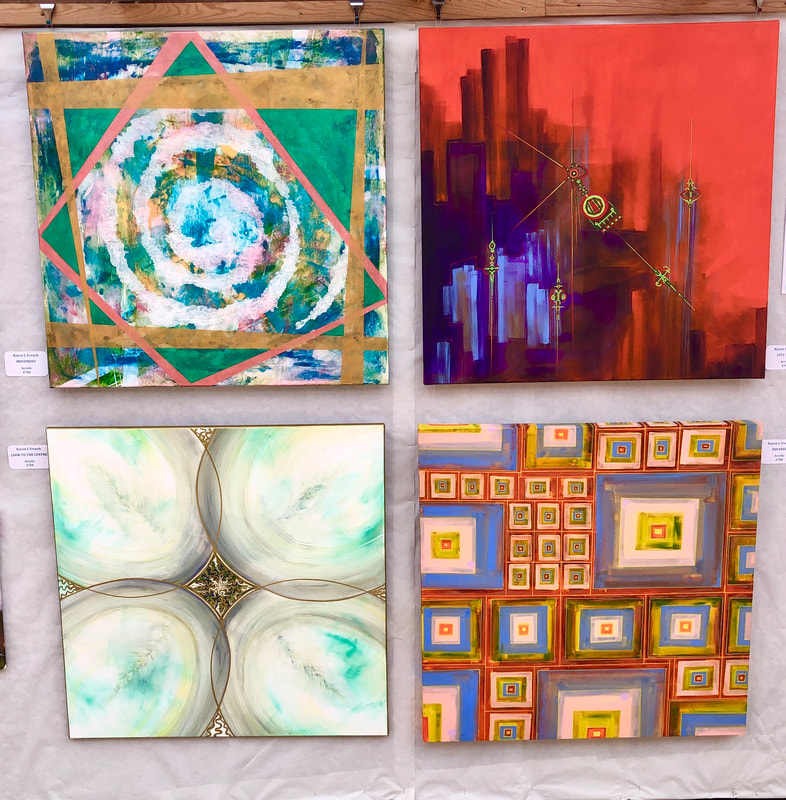
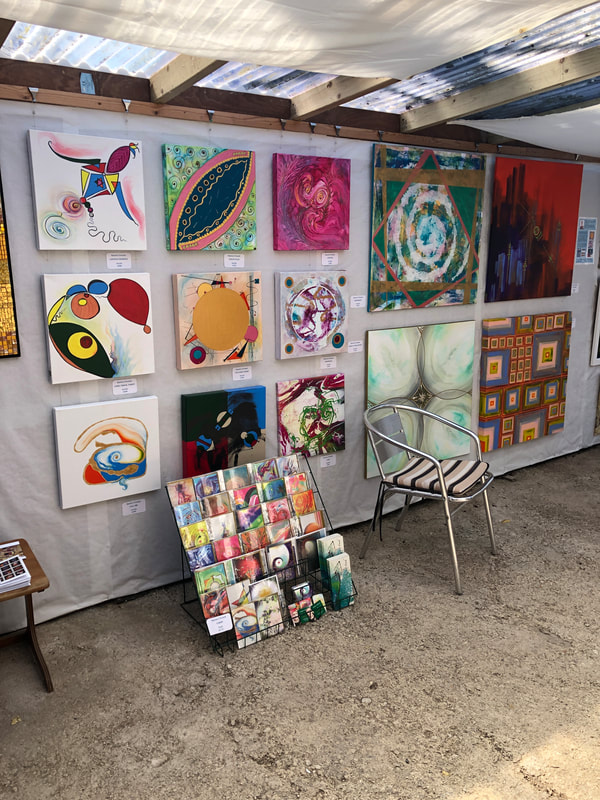
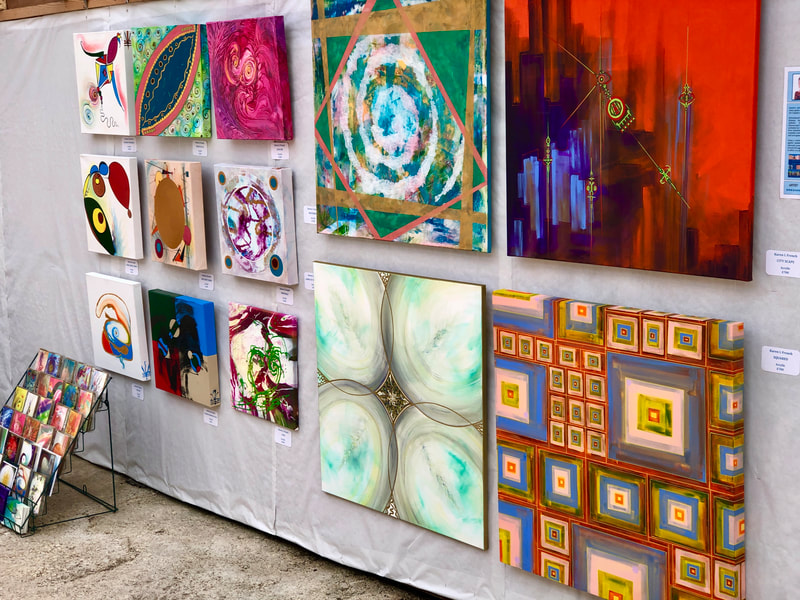
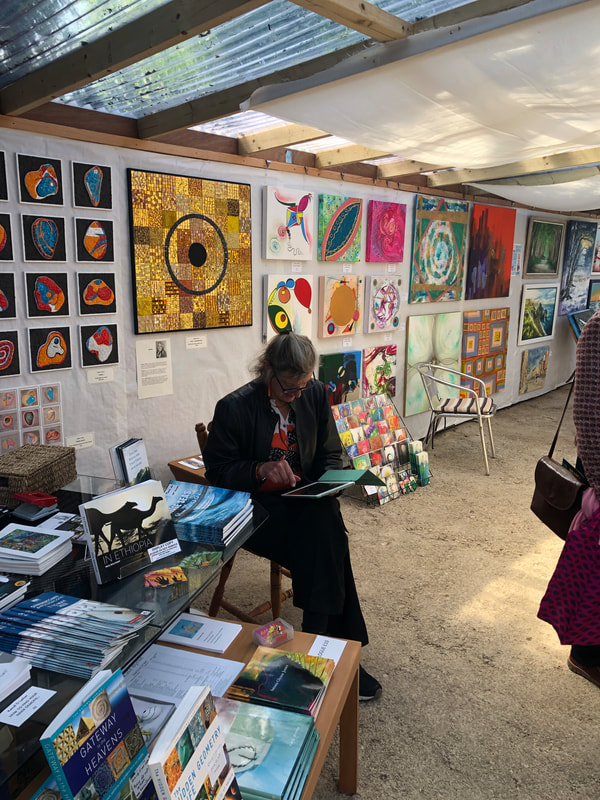
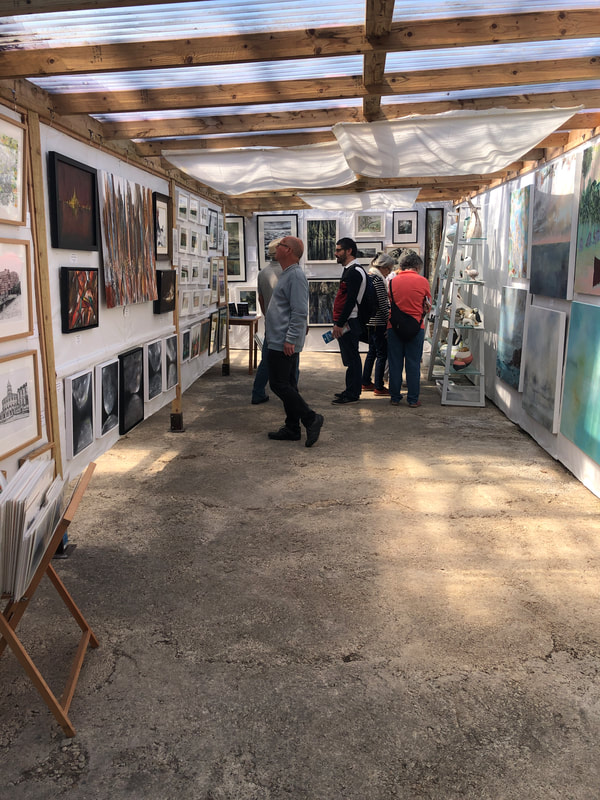
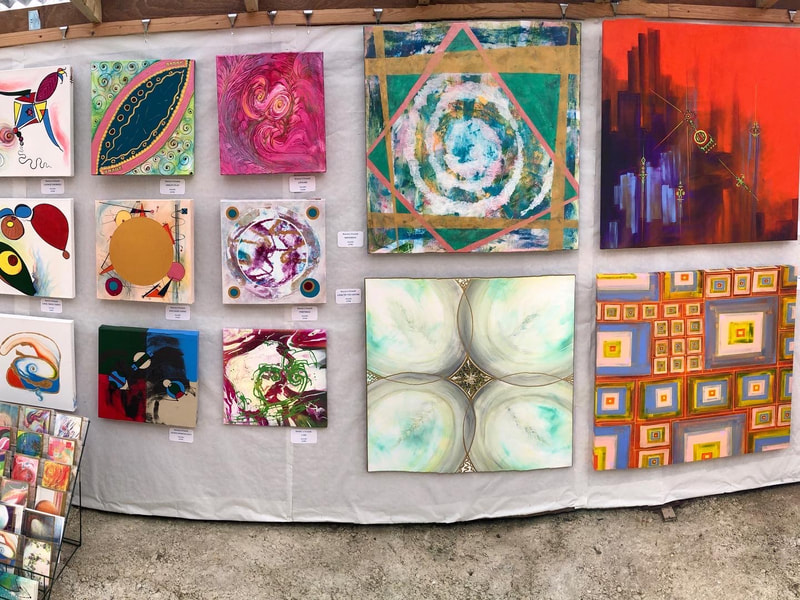
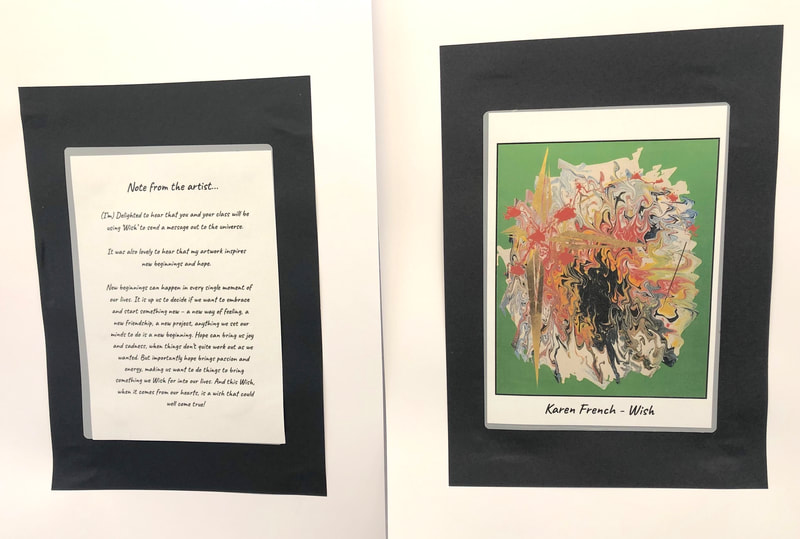
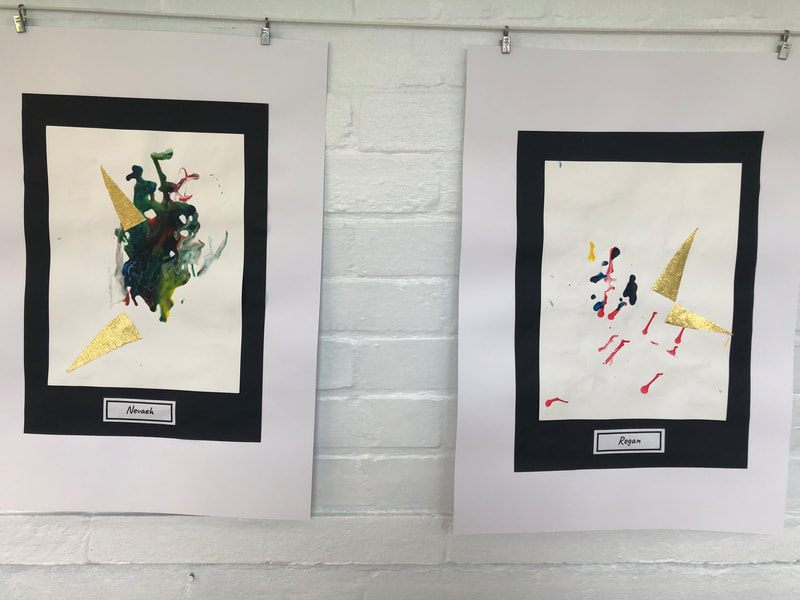
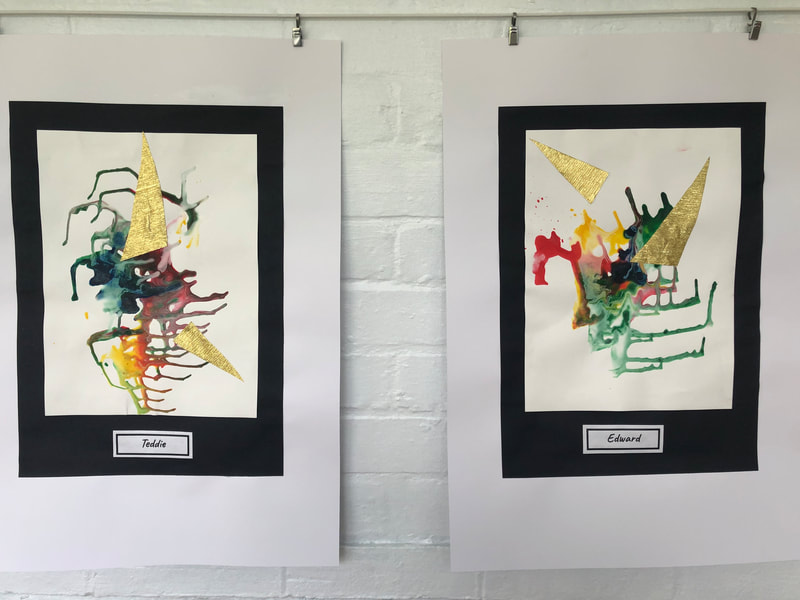
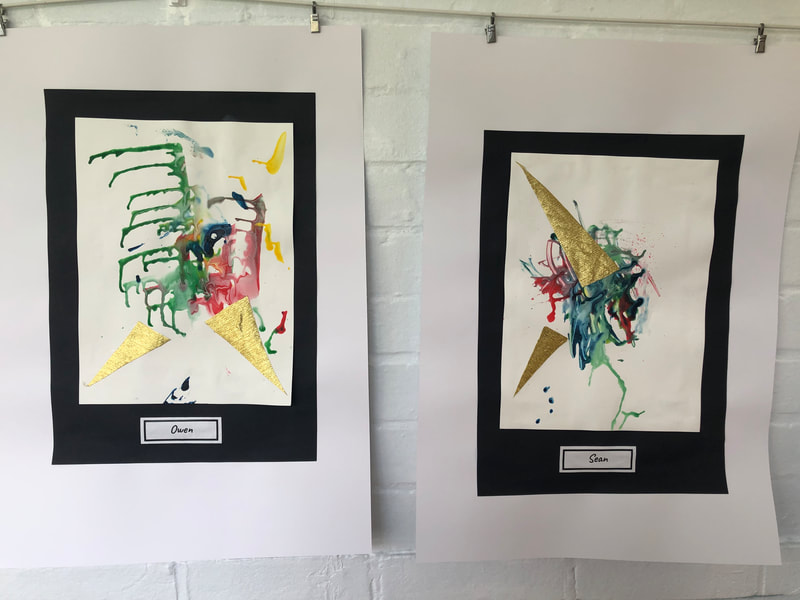
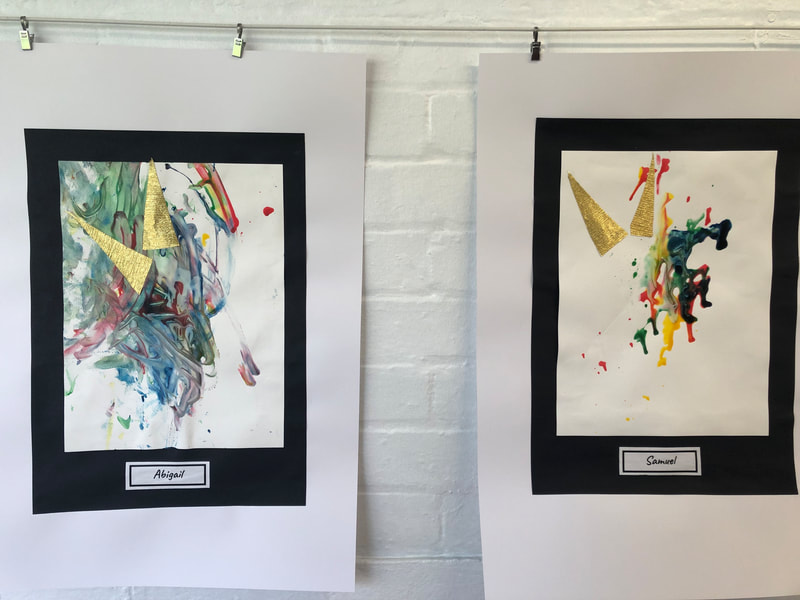
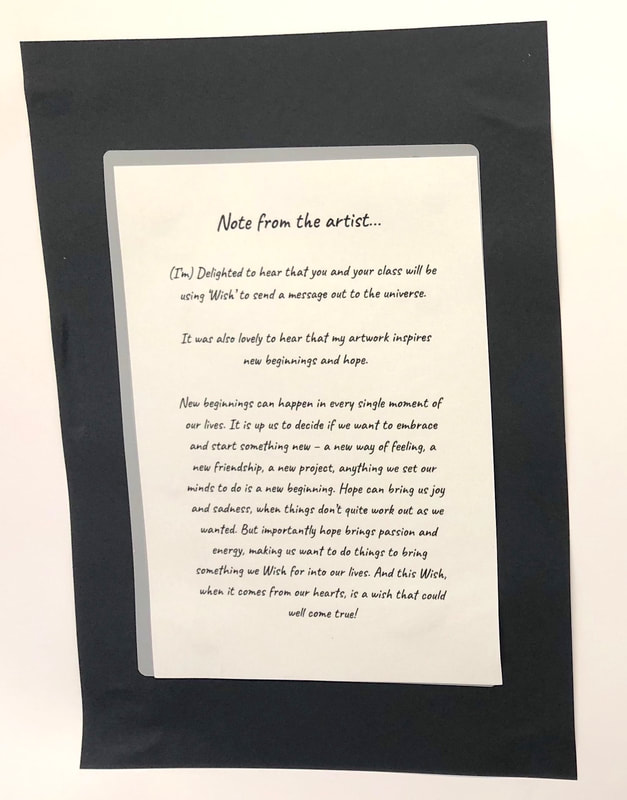
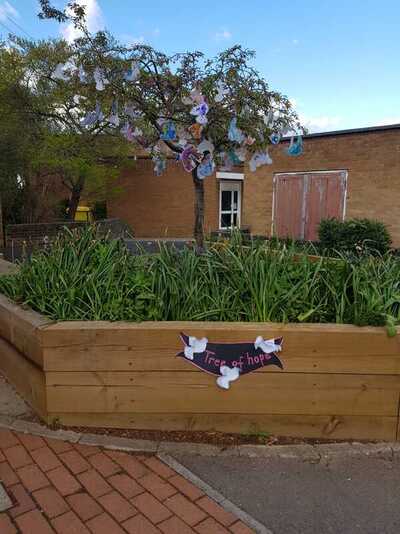
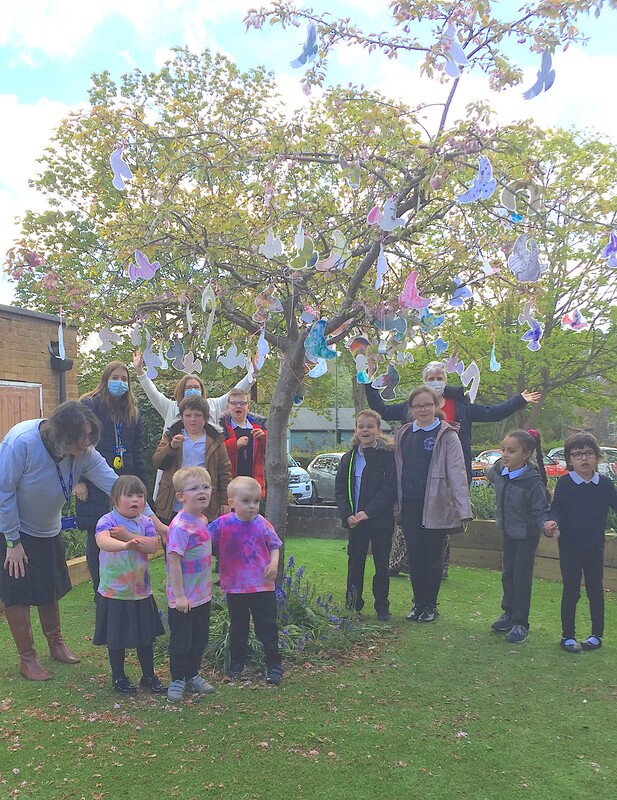
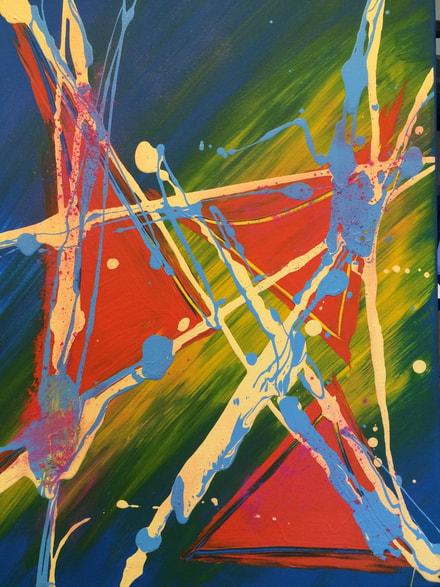
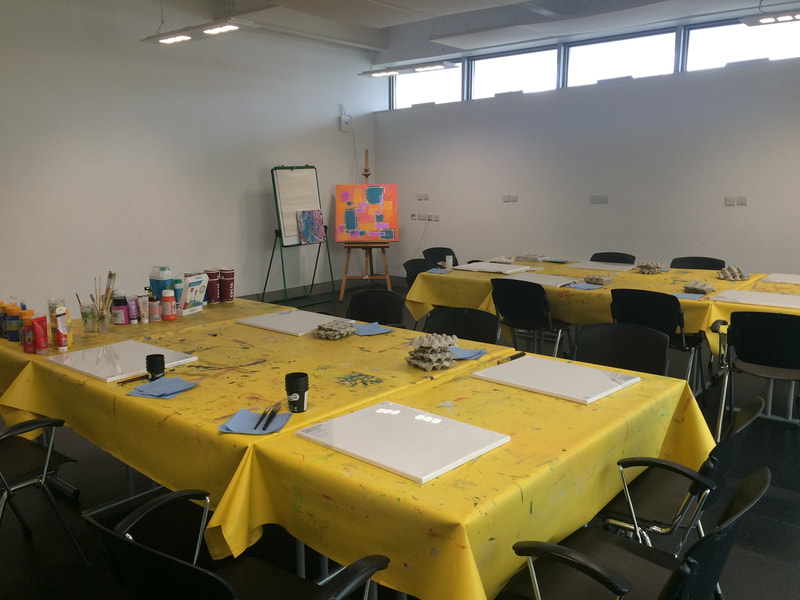
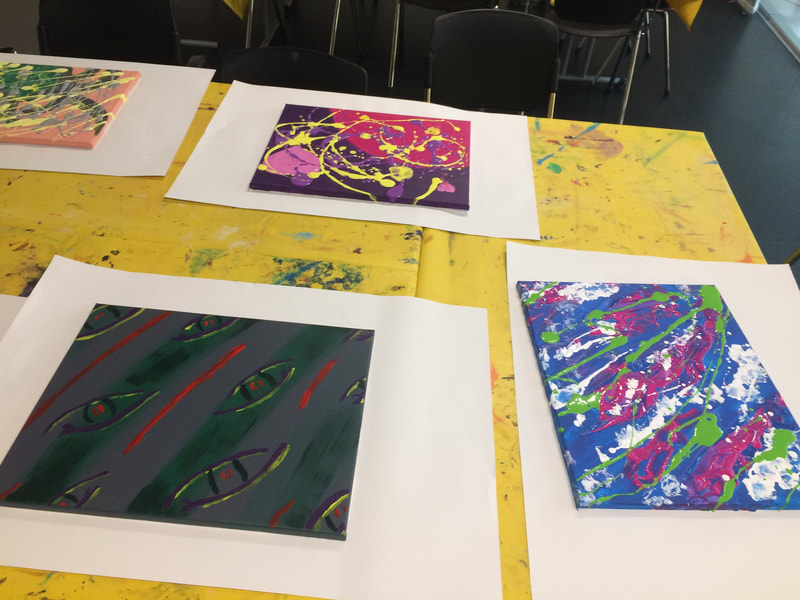
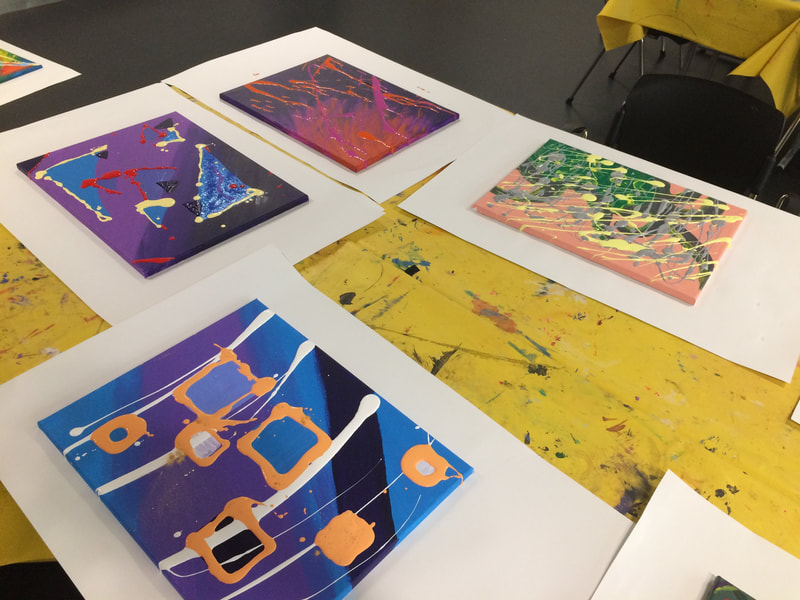
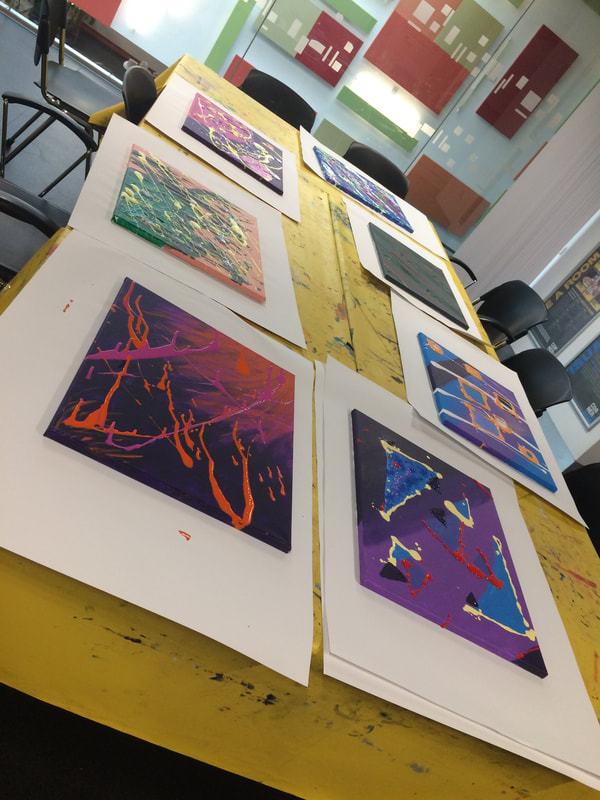
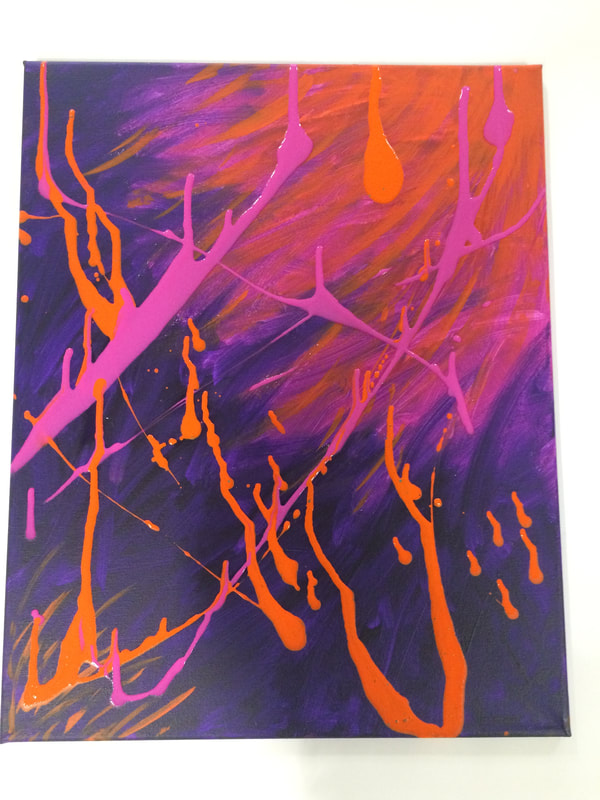
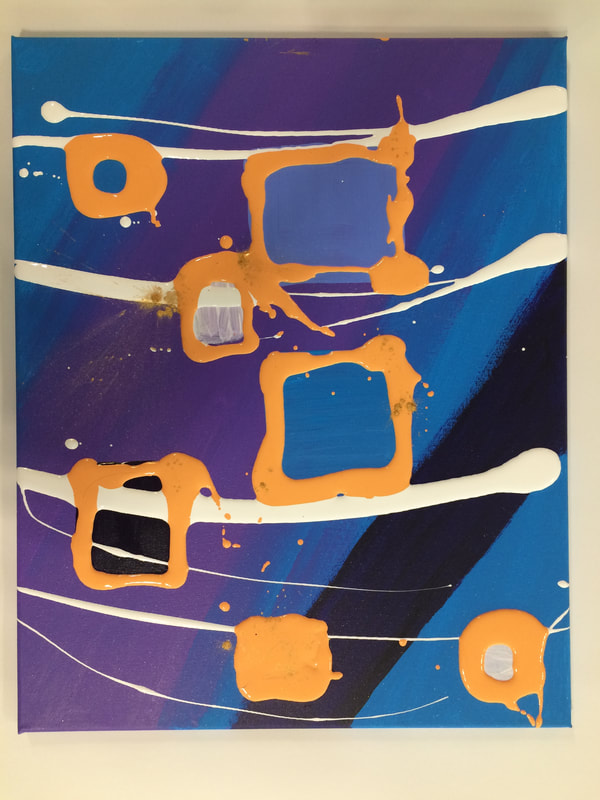
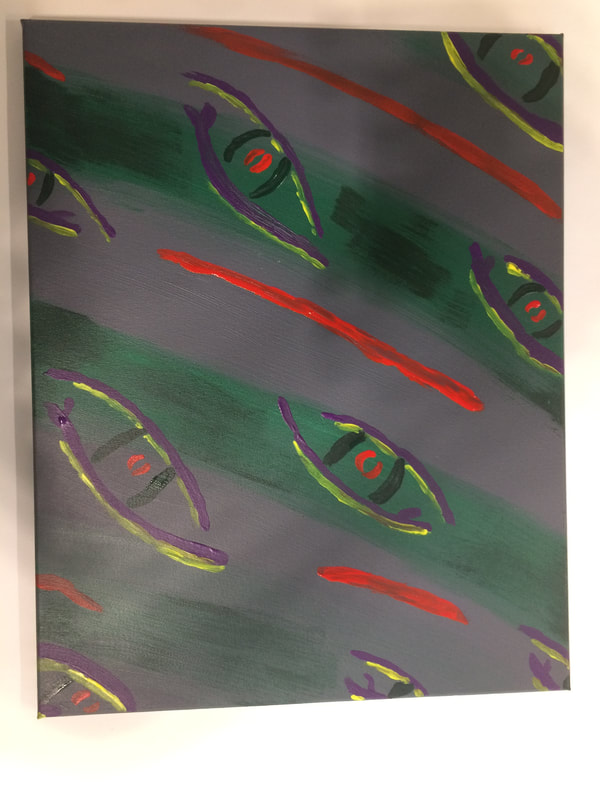
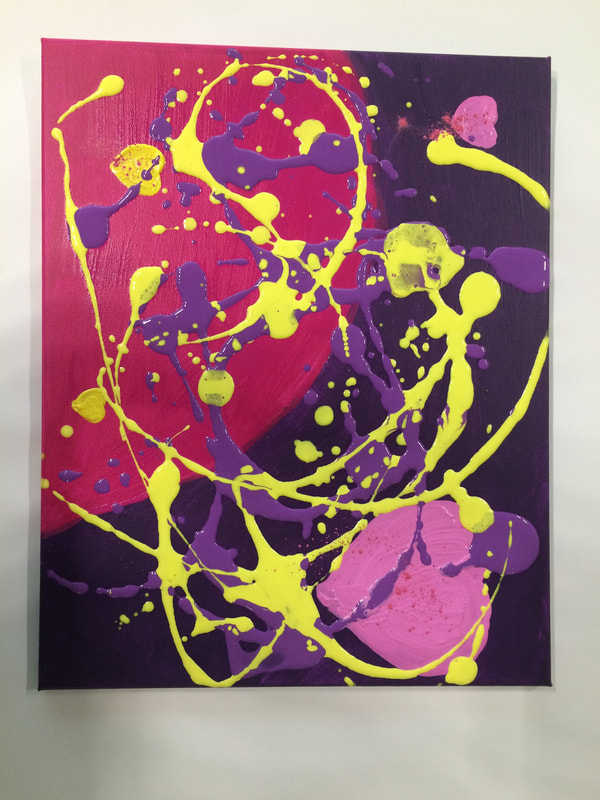
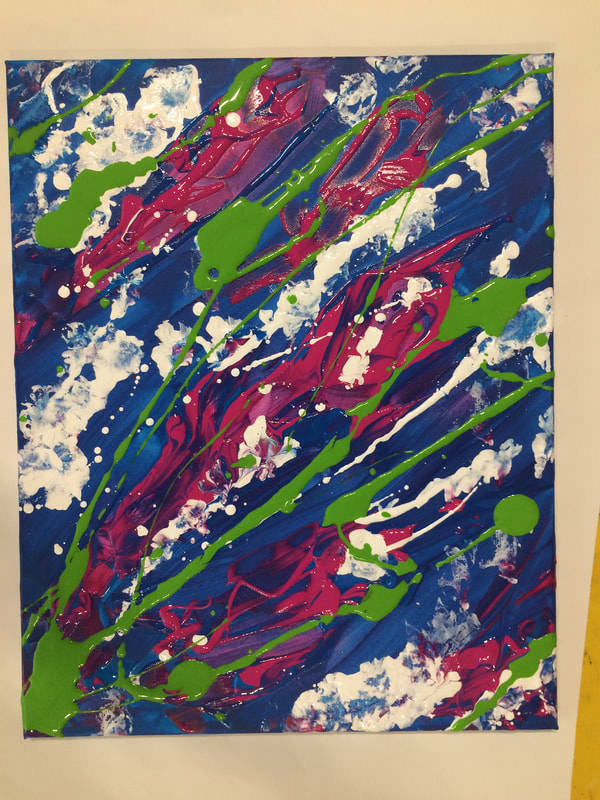
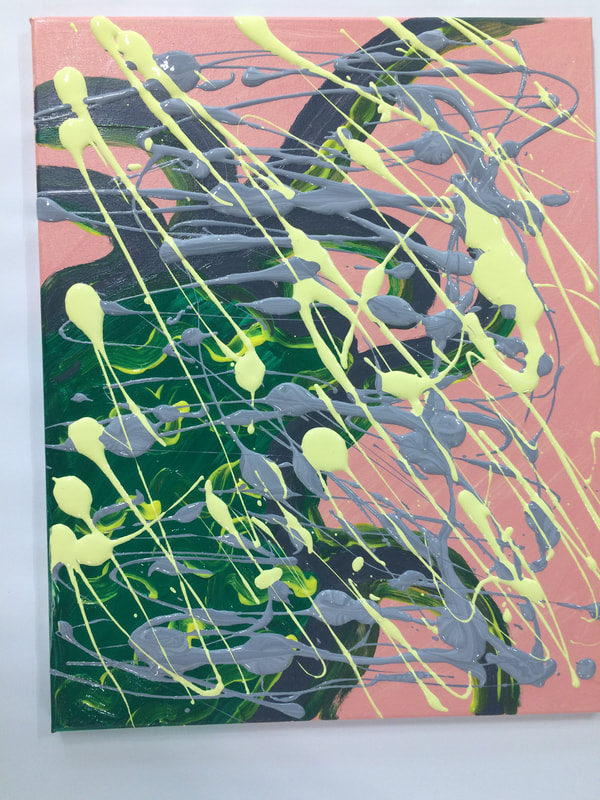
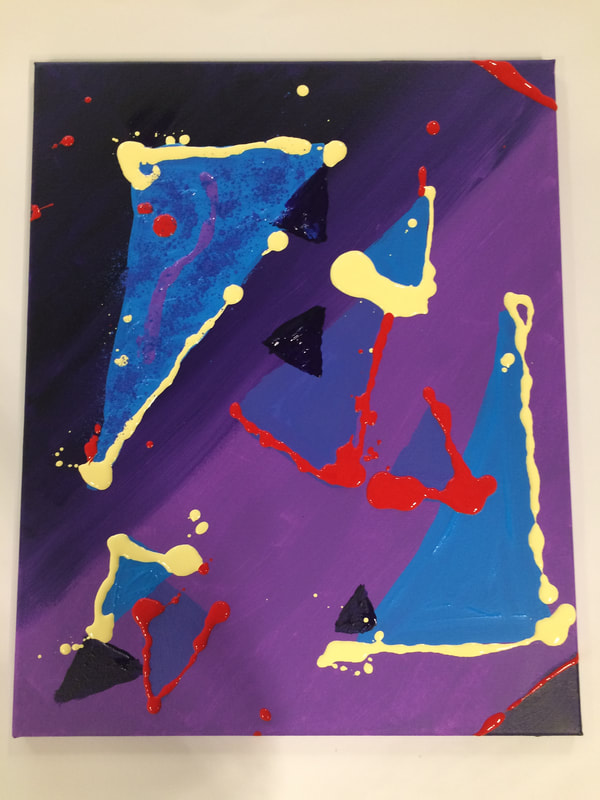
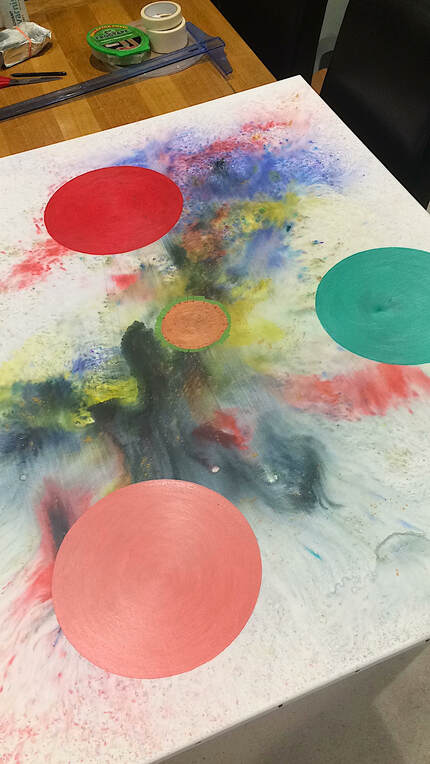
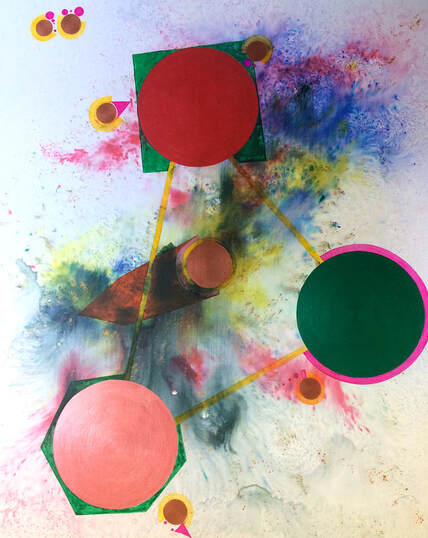
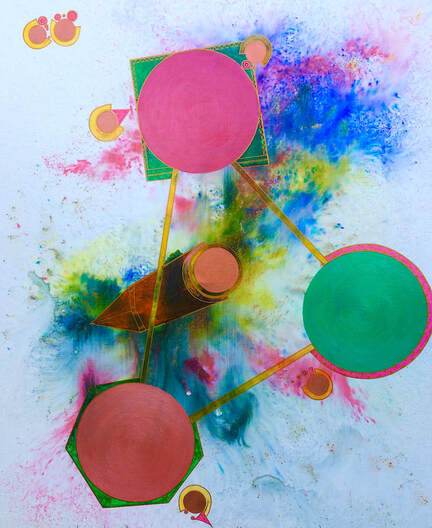
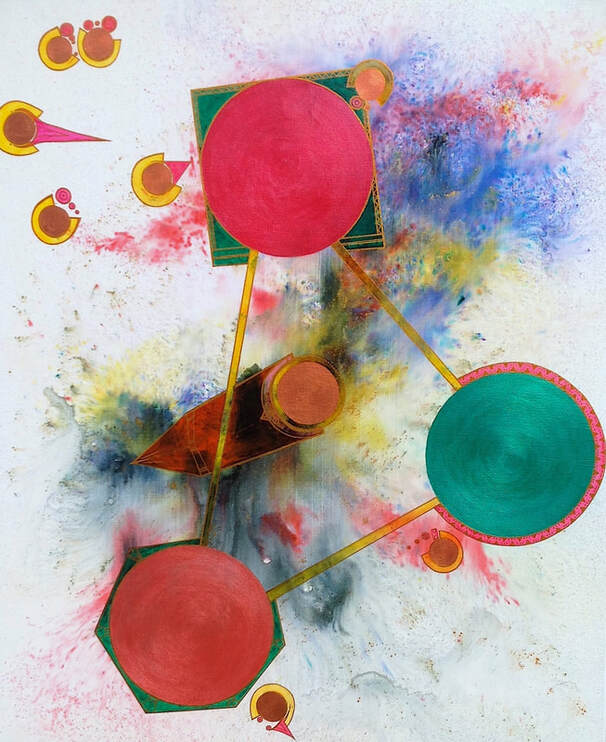
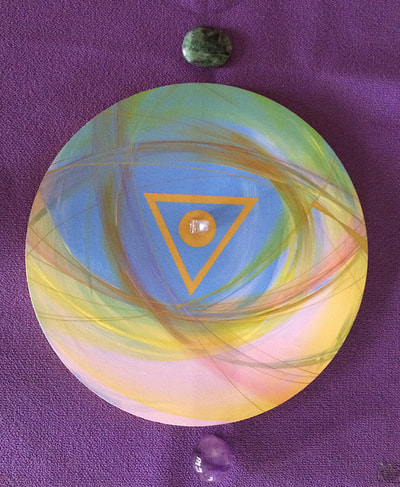
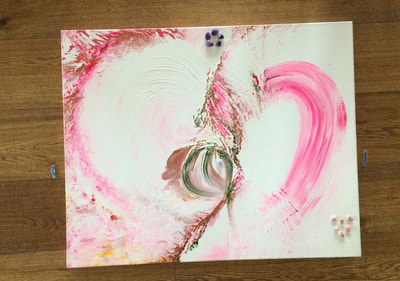
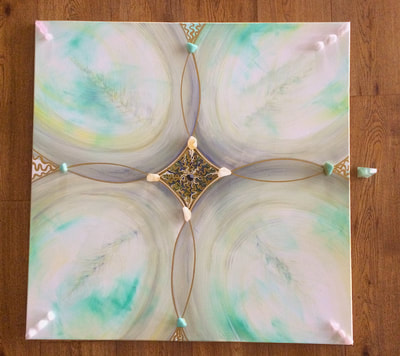
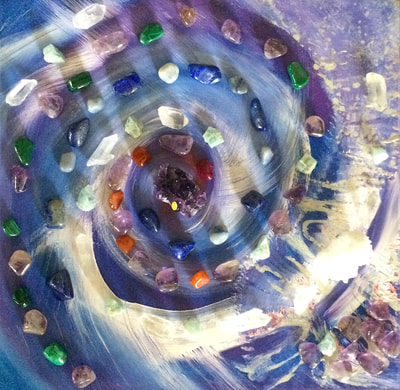
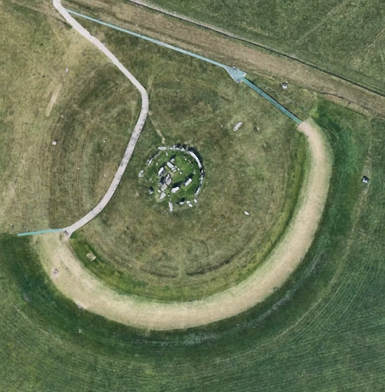
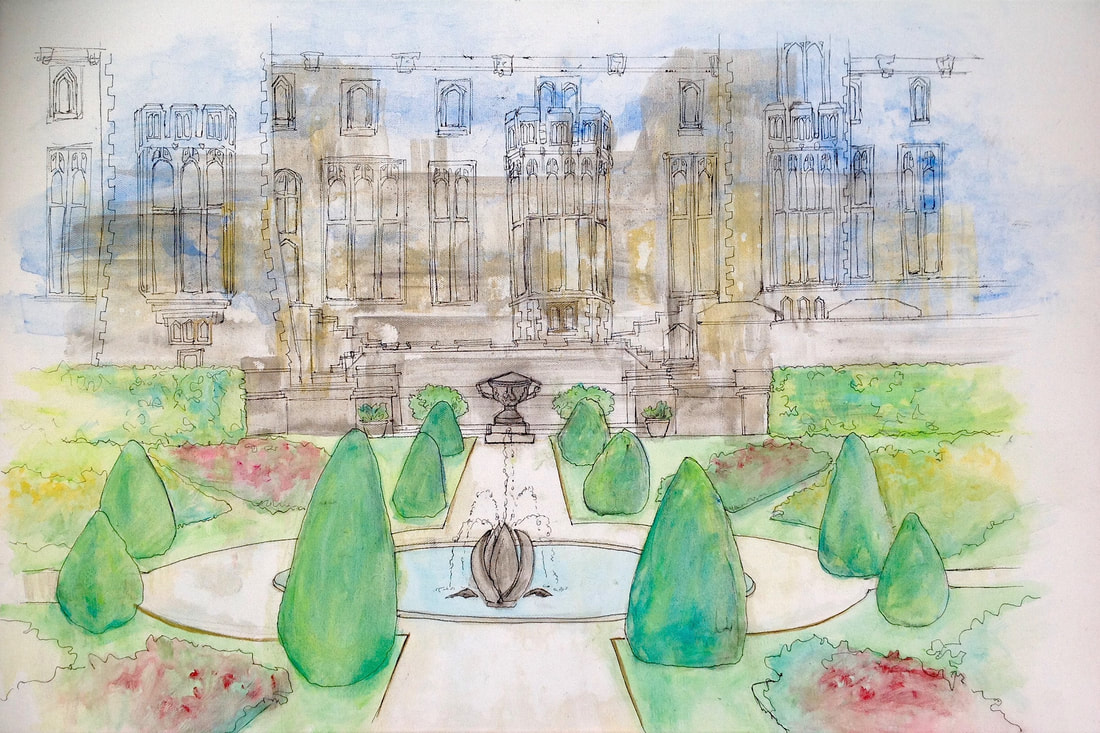
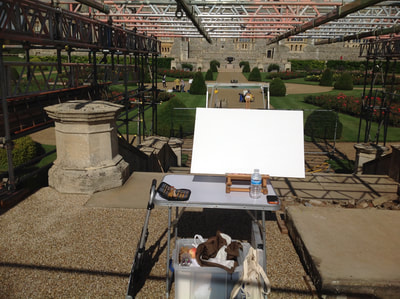
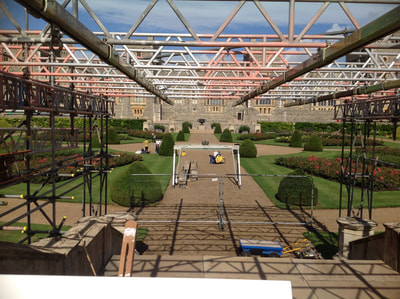
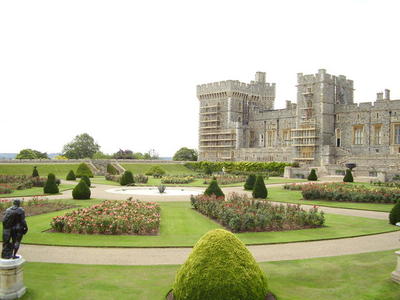
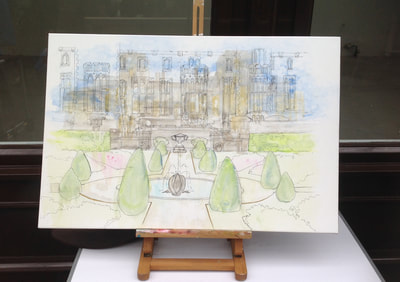
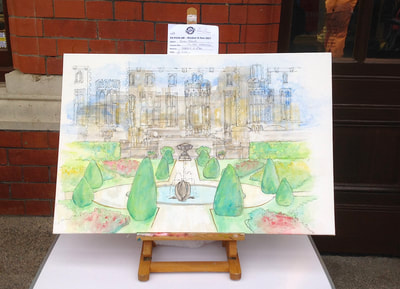
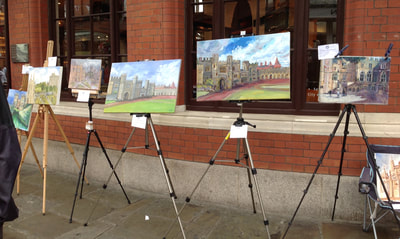
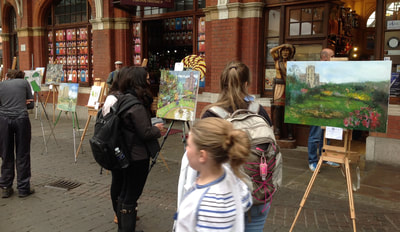
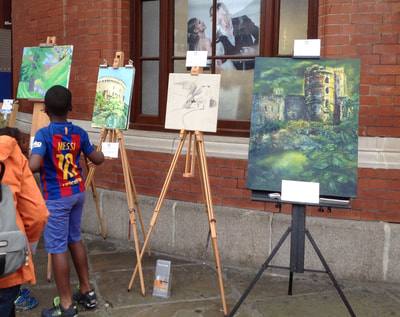
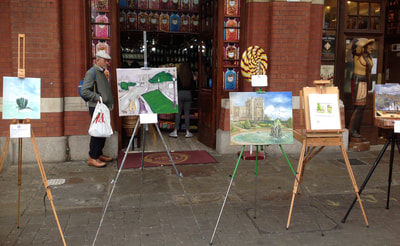
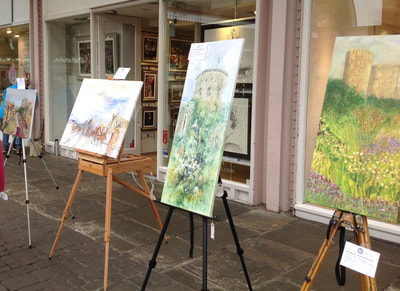
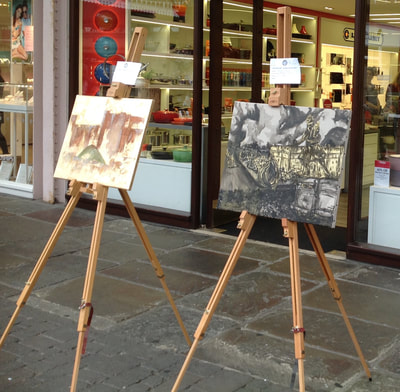
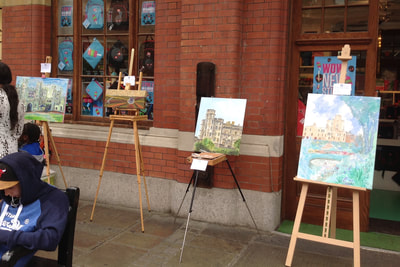
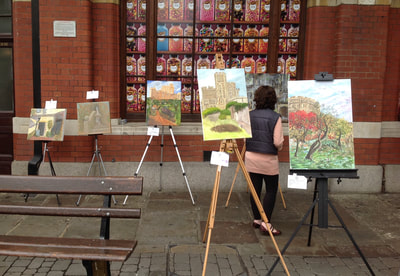
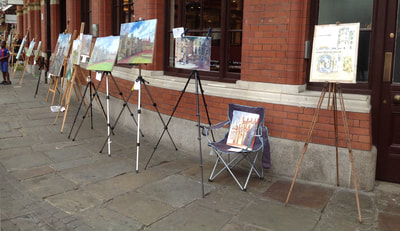
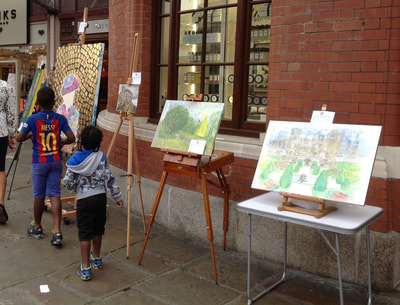
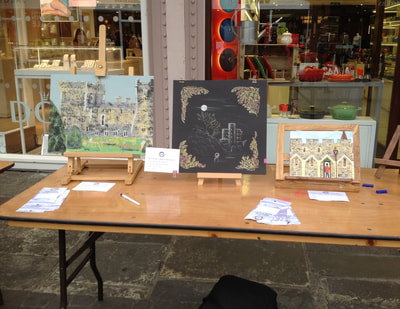
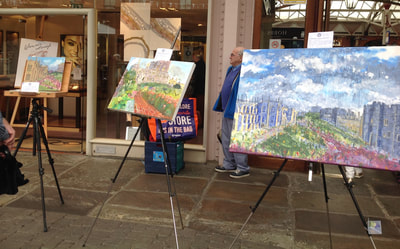
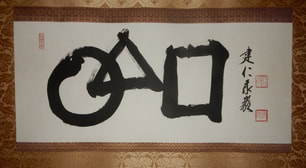
 RSS Feed
RSS Feed

